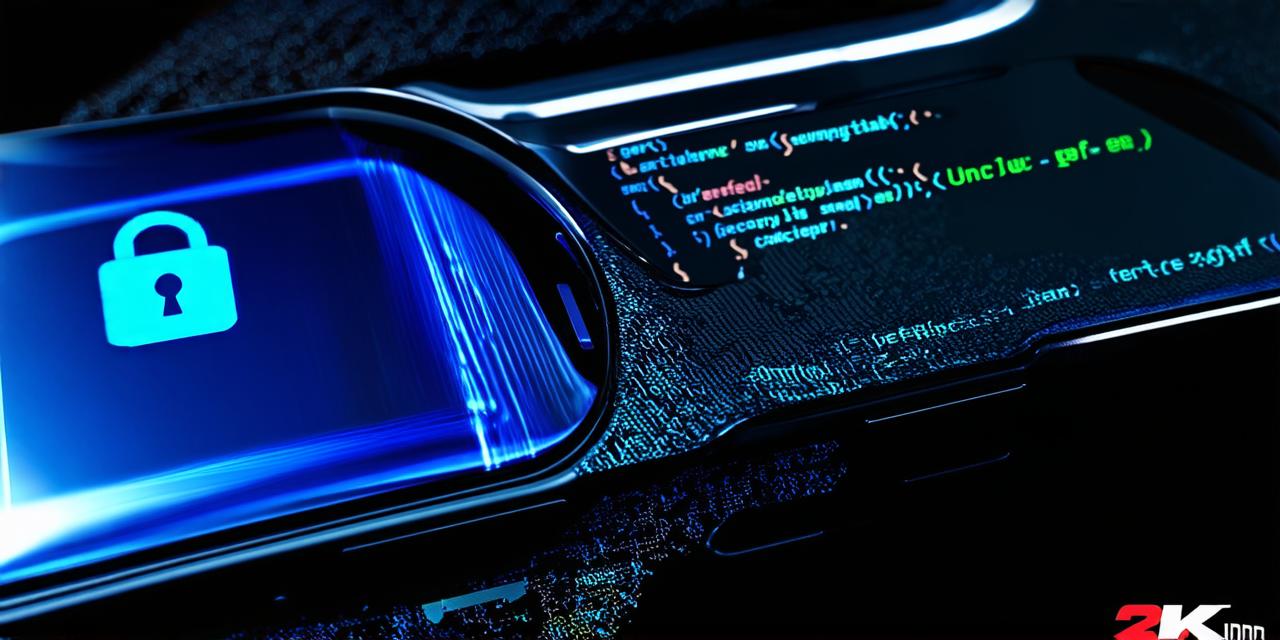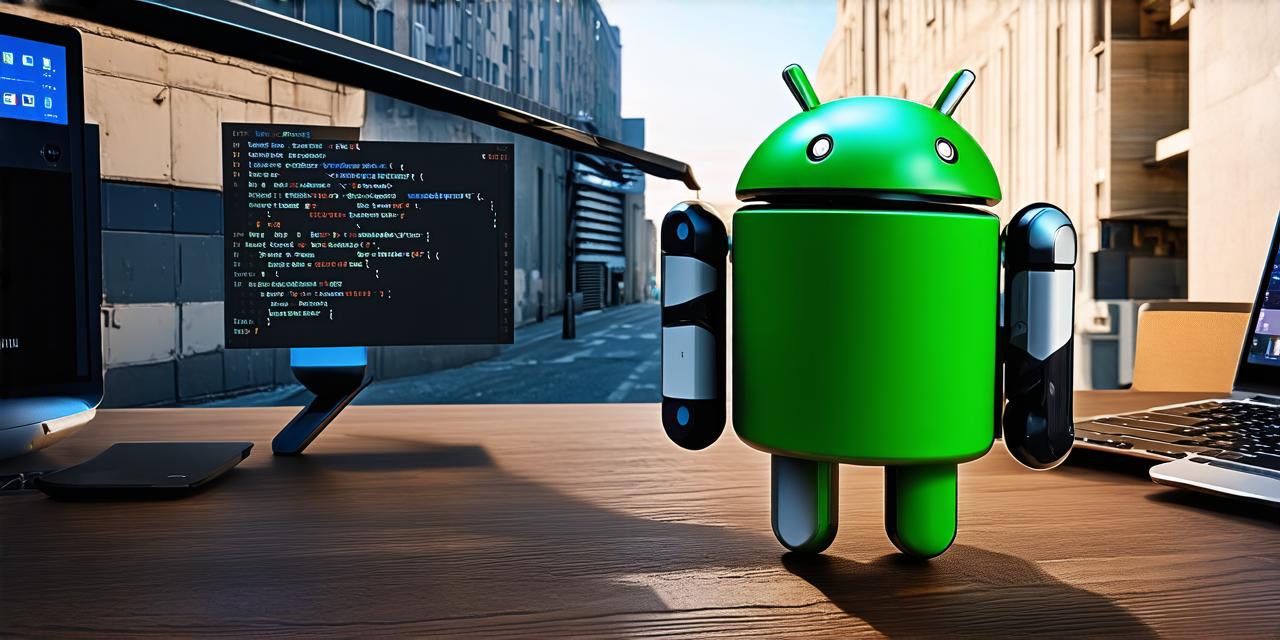If you’re an android game developer, then you understand the importance of having access to your device’s hidden settings. These settings allow you to control various aspects of your device that are not accessible through the normal user interface (UI). In this article, we will guide you through the steps to unlock Developer Options on your Android device and provide some tips on how to use these settings to optimize your game performance and improve user experience.
What are Developer Options?
Developer Options, also known as Build Settings or Advanced Settings, are a set of advanced features that allow developers to control various aspects of their Android device. These settings include things like hardware and software settings, system information, and performance tuning options. By default, Developer Options are hidden from regular users. However, with a few simple steps, you can unlock these settings on your Android device.
How to Unlock Developer Options on Android Devices
Step 1: Tap the Build Number Multiple Times
The easiest way to unlock Developer Options is by tapping the build number multiple times. Here’s how:
- Go to your device settings menu. This can usually be accessed by swiping down from the top of your screen and then tapping on the gear icon.
- Scroll down and tap on “About phone”.
- Find the section labeled “Build number” and tap it multiple times (usually 7-8 times).
- After a few taps, you should see a message pop up that says “You are now a developer!” or something similar.
- To verify that Developer Options have been unlocked, go back to your settings menu and scroll down until you find the section labeled “Developer options”. You should now be able to see and access these settings.
Step 2: Root Your Device
Rooting is a process of gaining access to your device’s operating system filesystem, which allows you to make changes that are not possible through the normal user interface. While rooting can be risky and may void your device’s warranty, it is also a popular method for unlocking Developer Options.
- Download a rooting app from a trusted source. There are many different apps available, so do some research to find the one that best suits your needs.
- Once you have downloaded the app, install it on your device and run it.
- Follow the instructions provided by the app to root your device. This may involve connecting your device to a computer, installing drivers, and then running the rooting process.
- After the rooting process is complete, you should be able to access Developer Options by going to your settings menu and scrolling down until you find the section labeled “Developer options”.
Step 3: Check for OEM-specific Unlock Methods
Some manufacturers may have their own specific methods for unlocking Developer Options on their devices. If you’re not sure whether your device has an OEM-specific method, you can check with the manufacturer or do a quick search online to find out.
Using Developer Options to Optimize Your Game Performance
Once you’ve unlocked Developer Options on your Android device, there are many different settings and options that you can use to optimize your game performance and improve user experience. Here are some of the most important settings to pay attention to:
Adjusting Memory Settings
One of the most important settings you can adjust in Developer Options is the amount of memory that your device allocates to various processes, including games. To do this, go to “Developer options” > “Memory” and select “Memory usage”. From here, you can adjust the minimum and maximum amount of memory that your device allocates to different apps. By increasing the amount of memory allocated to your game, you should see improved performance and fewer crashes.
Adjusting GPU Settings
Another important setting you can adjust in Developer Options is the GPU settings for your device. To do this, go to “Developer options” > “Graphics” and select “GPU settings”. From here, you can adjust various settings, such as texture resolution and frame rate limits. These settings can help optimize your game performance and ensure that it runs smoothly on your device.
Adjusting Display Settings
If you’re developing a game that requires high-quality graphics, you may want to adjust the display settings in Developer Options. To do this, go to “Developer options” > “Display” and select “Display settings”. From here, you can adjust various settings, such as resolution and refresh rate. By increasing the resolution and refresh rate of your device’s display, you should see improved performance and a smoother gaming experience.
Adjusting Battery Settings
Finally, if you’re concerned about battery life when playing games on your Android device, you may want to adjust the battery settings in Developer Options. To do this, go to “Developer options” > “Battery” and select “Battery optimization”. From here, you can choose from various preset modes or create a custom mode that suits your needs. By selecting a power-saving mode or creating a custom mode with lower screen brightness and frame rate, you should see improved battery life and longer playtime.
Adjusting Debugging Settings
Finally, if you’re a game developer, you may want to adjust the debugging settings in Developer Options to help diagnose and fix any issues that arise during development. To do this, go to “Developer options” > “Debugging” and select “Debugging options”. From here, you can adjust various settings, such as error reporting and verbosity. By enabling error reporting and increasing the verbosity of your device’s log output, you should be able to diagnose and fix any issues that arise more easily.
FAQs
Q: What happens if I unlock Developer Options and then root my device?
Unlocking Developer Options is a separate process from rooting your device. While rooting can provide additional access to your device’s operating system filesystem, it does not affect the ability to access Developer Options.
Q: What happens if I don’t have access to the settings I need?
If you unlock Developer Options but don’t have access to the specific settings you need, it could be because those settings are only available in certain versions of Android or on certain devices. In this case, you may need to update your device to a newer version of Android or check with the manufacturer to see if they have released any device-specific updates that add the missing settings.
Q: What happens if I mess up the settings in Developer Options?
If you mess up the settings in Developer Options, it could potentially cause issues with your device or your apps. In this case, you may need to reset your device back to its factory settings and then unlock Developer Options again. However, before doing so, make sure to backup any important data to an external storage device or cloud service, as resetting your device can erase all of your data permanently.
Conclusion
Unlocking Developer Options on your Android device can provide access to a wide range of settings that can help you optimize your game performance and improve user experience. By following the steps outlined above, you should be able to unlock Developer Options and experiment with different settings to find the optimal configuration for your device and gaming needs.



